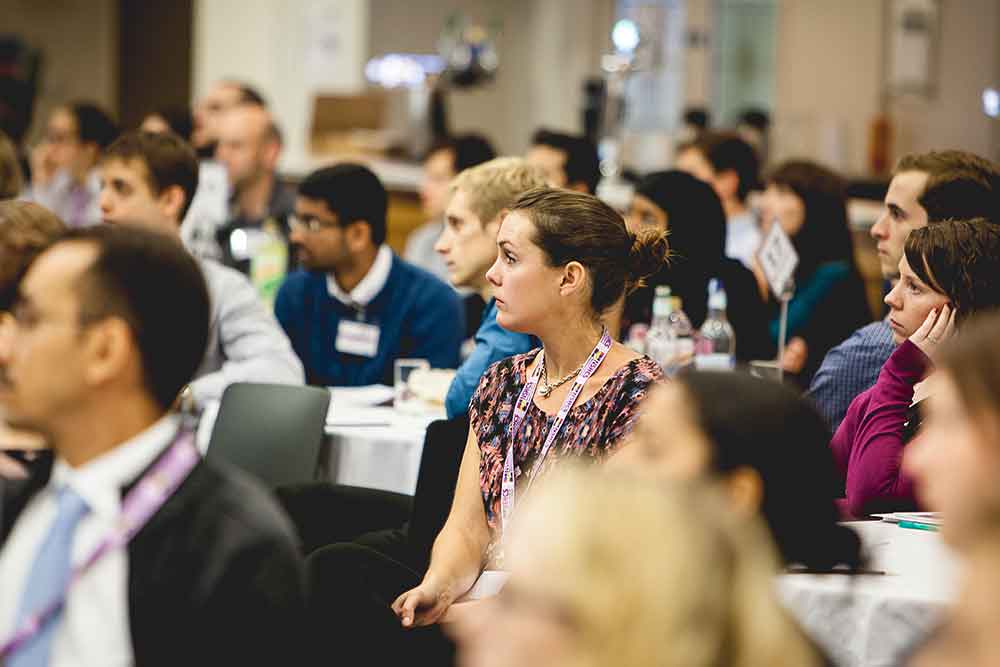My visit with the International Atomic Energy Agency (IAEA) in Vienna
- Published on
- 21st March 2016
- Filed under
- Elective
For the first half of my elective training period I was lucky enough to spend a week with the International Atomic Energy Agency (IAEA) in Vienna. The IAEA were established in 1957 as a direct response to the deep fears and expectations resulting from the discovery of nuclear energy. They are an ‘atom’s for peace’ organisation within the UN and function as the world’s centre for cooperation in the nuclear field and work with Member States and multiple international partners to promote the safe, secure and peaceful use of nuclear technologies.
After getting the go ahead to spend my work experience time with the IAEA, it was suggested that I arrive in time for the International Conference on Clinical PET-CT (IPET) and Molecular Imaging 2015 conference, which IAEA were hosting at their headquarters in Austria, Vienna. The theme of the conference was PET/CT (Positron Emission Tomography) imaging, which appealed to me because of my chemistry background and the increased use of PET as a medical and research tool.
I had to send a participation form as application for attendance to the UK Permanent Mission to the United Nations. Once I was given clearance I was able to officially register to attend the conference. The clearance was necessary in order to comply with the requirements of the UN Safety and Security Service. Security was strict as I would be going into UN buildings, therefore I also had to supply a photograph that would be used on my ID badge and I was told to bring ID such as a passport with me on the first day.iaea conference badge
The conference’s focus was on ‘PET-CT in the era of multimodality imaging and image guided therapy’. More than 500 participants were expected from over 95 countries, with the support of 20 professional organisations and institutions. A panel of more than 50 world renowned experts presented the latest advancements and best practice in the area of nuclear medicine and diagnostic imaging and radiopharmaceutical science. Many of the talks were delivered by healthcare professionals that work in developing countries and they raised the issue of increased mortality in their countries together with inadequate access to nuclear science and technologies. The World Health Organisation highlighted that cancer is still one of the leading causes of death worldwide and out of the estimated 11 million deaths projected for 2030, more than 70% of all cancer deaths will occur in low and middle income countries. These countries have limited access to nuclear medicine, trained specialists and the hi-tech equipment needed to provide radiation therapy treatment. This hinders the early diagnosis of the disease and reduces the chance of early treatment and prevention of unnecessary suffering and expense associated with palliative care. In an attempt to tackle this problem the IAEA provides assistance in the form of radiotherapy machines, specialist training and expert guidance for regulatory control of radioactive materials. These projects help developing countries set up nuclear medicine capabilities of their own and help provide trained staff who can deliver quality diagnostic imaging and nuclear medicine services.
During my time with the IAEA I had many opportunities to talk with people from very different backgrounds. One conversation I had was with a delegate from China who informed me that they have approximately 6,000 nuclear medicine departments but only approximately 3,000 nuclear medicine consultants. The IAEA are thus promoting universal coverage of nuclear medicine and molecular imaging by introducing a new initiative for education and training.
On reflection I had a very positive experience and came home with a better understanding of healthcare needs in different countries from around the world. I gained a lot of knowledge on both the IAEA and PET imaging and have discovered a keen interest in PET radiochemistry. On a personal level I can sometimes be reserved when around people that I find intellectually intimidating but while there found I was able to communicate effectively and even initiated some conversations! I plan to arrange the next part of my elective training in a PET facility and after being inspired by the works carried out by the IAEA, I hope to help raise awareness of health inequality in developing countries and the work IAEA does to help combat this.
Shazmeen Hansrod, Clinical Pharmaceutical Science, City Hospital Birmingham
